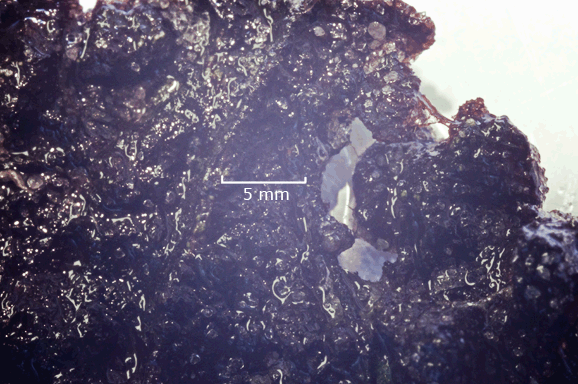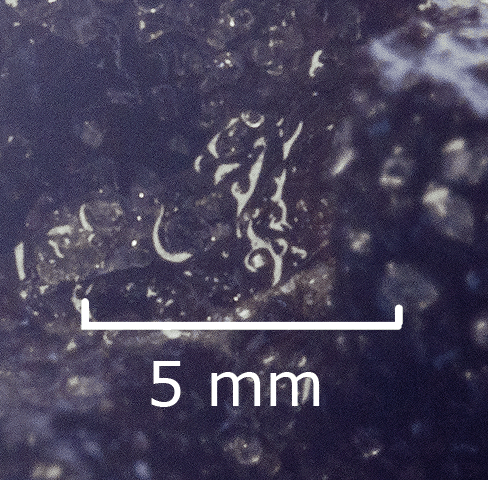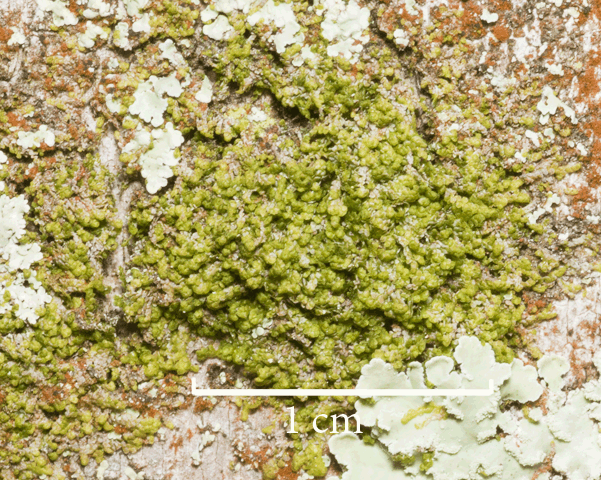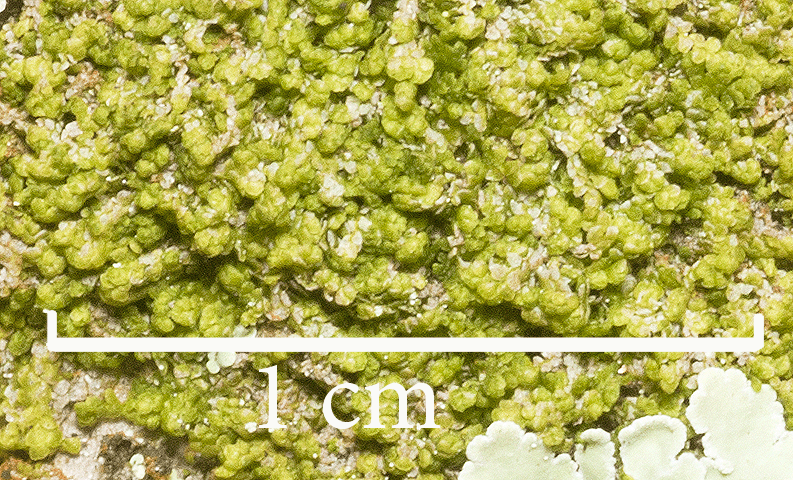Hepatophytes (Liverworts) in the Christopher B. Smith Preserve
Hepatophyte Characteristics: Liverworts are delicate plants that grow in moist environments. They are distributed worldwide, but are most common in the tropics. There are approximately 8,000 species of liverworts. The group dates back 473 to 471 million years.
Liverworts have both sexual (gametophyte) and asexual (sporophyte) generations. A liverwort gametophyte (the stage we usually see) consists of a thallus (flattened cells) and single-celled rhizoids that anchor the thallus in place. There are two forms: 1) thallose liverworts are branching, 2) leafy liverworts are ribbon-like. Gametophytes are small plants, usually 2 to 20 mm wide, with individual plants less than 10 cm long. The common name "liverwort" is appropriate because they are liver-shaped and small. "Wort" means "small plant." The name of the phylum, Hepatophyta, is derived from the Greek word "hepatikos" which means "liver."
Interactions in the Smith Preserve: Some liverworts are the first to colonize open ground, forming biological soil crust with other micro and macro organisms. They play a major role in maintaining an ecosystem's humidity level because of their ability to absorb and store water. Because of this ability, they help facilitate the decay of logs and the disintegration of rocks. And, like other plants, hepatophytes convert energy of sunlight to energy other organisms can use. The conversion process is photosynthesis. Energy that they create is distributed to animals through the food web. Also during photosynthesis, liverworts produce oxygen. In addition, they provide habitat for other organisms.
Phylum/Division |
Family |
Species Name |
Common Name |
Hepatophyta |
Unknown |
Unknown |
|
Hepatophyta |
Lejeunaceae |
Unknown |
Unknown Family Unknown Species and Unknown Common Name
|
Family Lejeunaceae Liverwort
|




